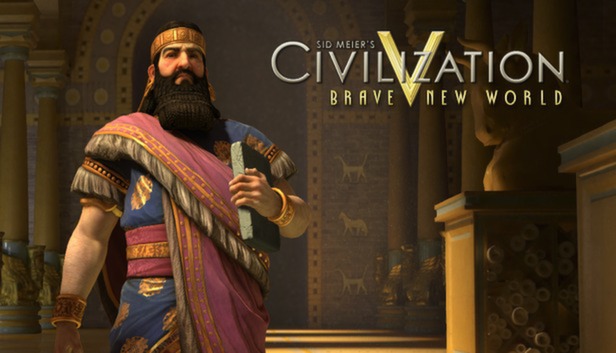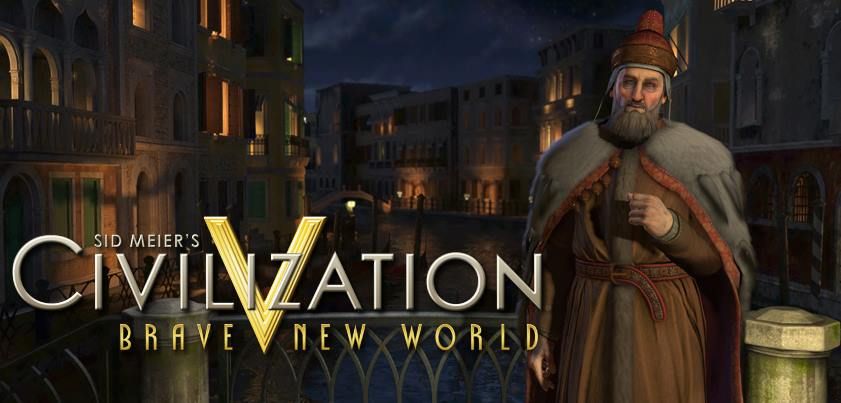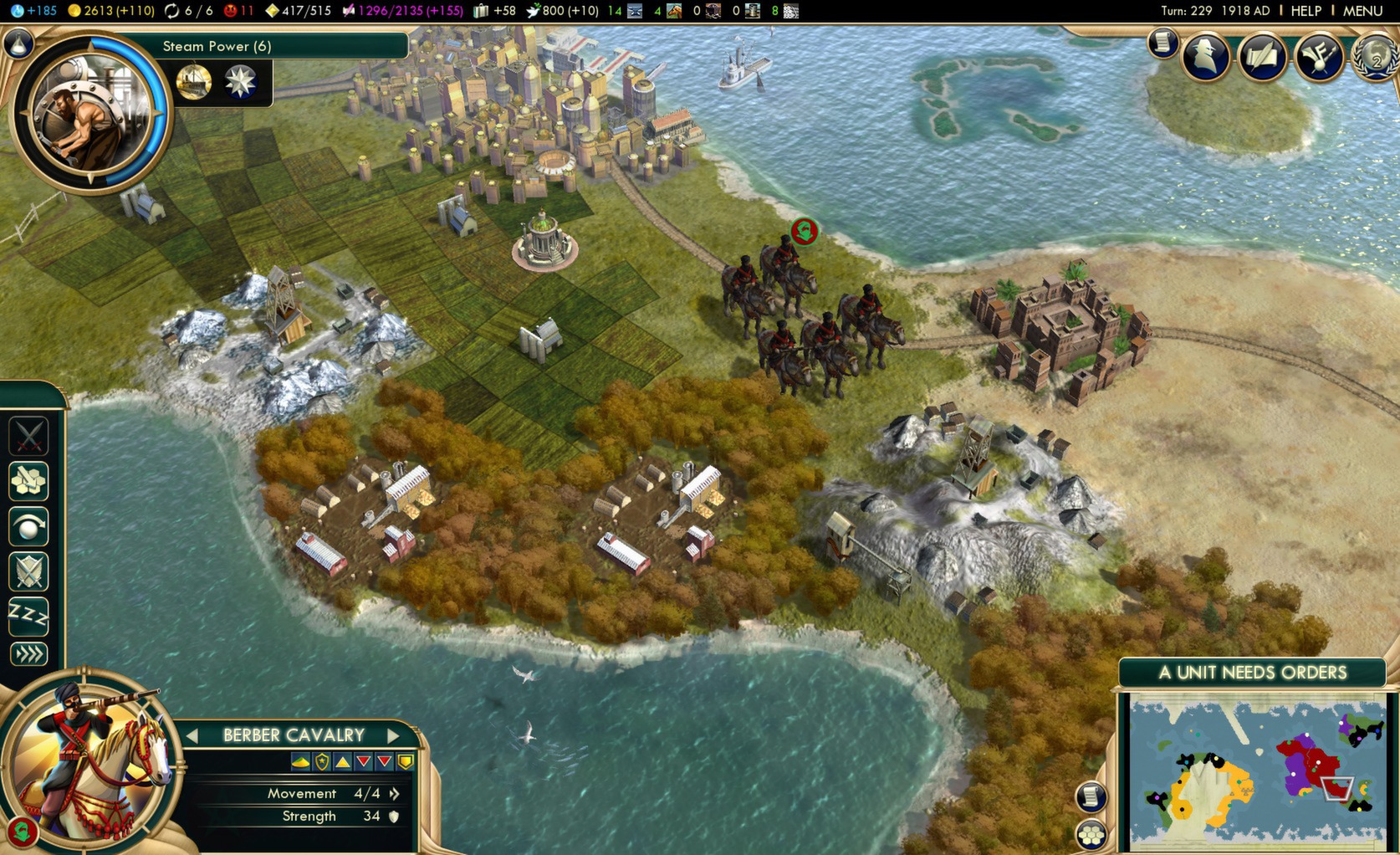

#BRAVE NEW WORLD CIV 5 CONTENT FULL#
Three years, two expansions and eleven pieces of DLC later, Civ V has a hotseat mode and is absolutely packed full of content, maybe more so than Beyond the Sword. I was also hugely disappointed by the lack of hotseat mode, which, as the sort of nerd who has other nerdy friends, is rather important to me. While I liked the hex grid and warmed to the new one unit per tile restriction, the game felt rather bare boned and I stopped playing in favor of Beyond the Sword. When Civ 5 came out, I was still playing Civilization IV: Beyond the Sword. There are, of course, several new civs, all of which are worth playing (especially Venice and the Zulu), but I have yet to find a boring civ in Civ V or any of the expansions as they all have bonuses that make for a unique gameplay experience. “Ideologies” give some worthwhile and creative bonuses and are worth exploring, but they are just special policy trees. The last major change to note is the introduction of “ideologies” which replace policies in the industrial and post industrial ages.


In every game I played that made it into the modern era, the World Congress played a significant role in the end game, if just to strengthen alliances with some civs due to our similar endgame interests and turn some of my rivalries into outright wars due to conflicting endgame interests. I was also intrigued by how my actions in the World Congress affected my relationships with other civs. The most interesting additions are world projects, such as the International Space Station, which give bonuses to civs based on how much production they contributed to the project. The “World Congress” (United Nations) mechanics have also been adjusted.

Do I trade with my militaristic neighbor? I want to generate gold per turn for myself and convert his cities to my religion, but I don’t want to give him a science boost or give him additional gold per turn. Because of these three different facets, deciding on trade routes allows for a huge new dimension in strategy. What makes trade such an interesting new mechanic is that it incorporates scientific and religious exchange, as well as just generating gold. “Trade” involves having sufficient technology and building trade ships and caravans who you assign a trade route between one of your cities and a city state or other civ’s city. Trade is the most interesting new mechanic in the game and I would highly recommend playing a game as Venice to take full advantage of this new mechanic and have, thanks to Venice’s highly original super-city-state status, one of the most intriguing games of Civ you’ve ever played. I played a tourism focused game as Brazil since they feature some tourism related bonuses, and had a good deal of fun winning a cultural victory for the first time in Civ 5. Gaining tourism is done in the usual fashion (wonders, buildings, great people) with the exception of the new archaeologist unit which can dig on “antiquity sites” and return tourism generating artifacts to your civilization, potentially causing diplomatic problems if you dig on another civ’s territory. You win a cultural victory when your tourism with every civ eclipses their culture. Culture is now defense against “tourism,” one of the new mechanics in BNW. Cultural Victories are no longer a matter of having a small number of cities and clicking the next turn button until you’ve generated enough culture. In this review, we will discuss BNW and talk about Civ 5 on the whole.īrave New World adds some very interesting mechanics to the game and adjusts/enhances many others. It seeks to augment the game through additional mechanics, most notably tourism and trade routes, additional civilizations, most notably Venice, as well as some additional wonders and units for good measure. The latest expansion to Civilization V, Brave New World, was released last week.


 0 kommentar(er)
0 kommentar(er)
